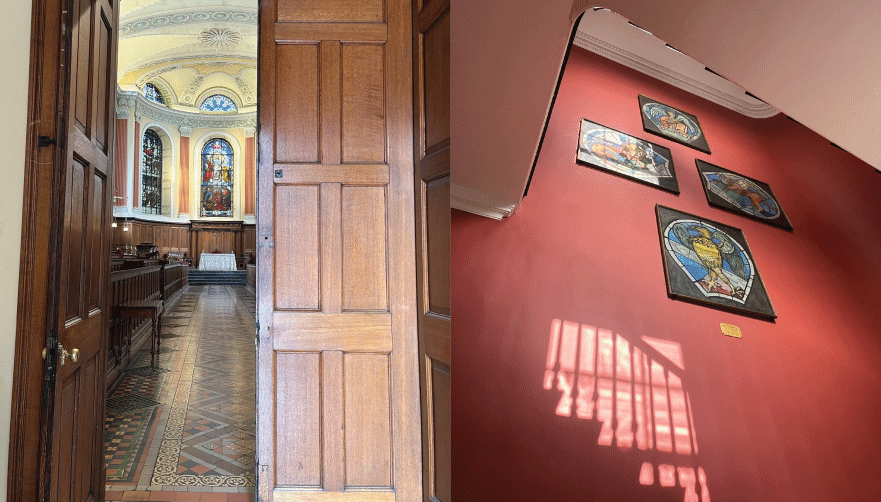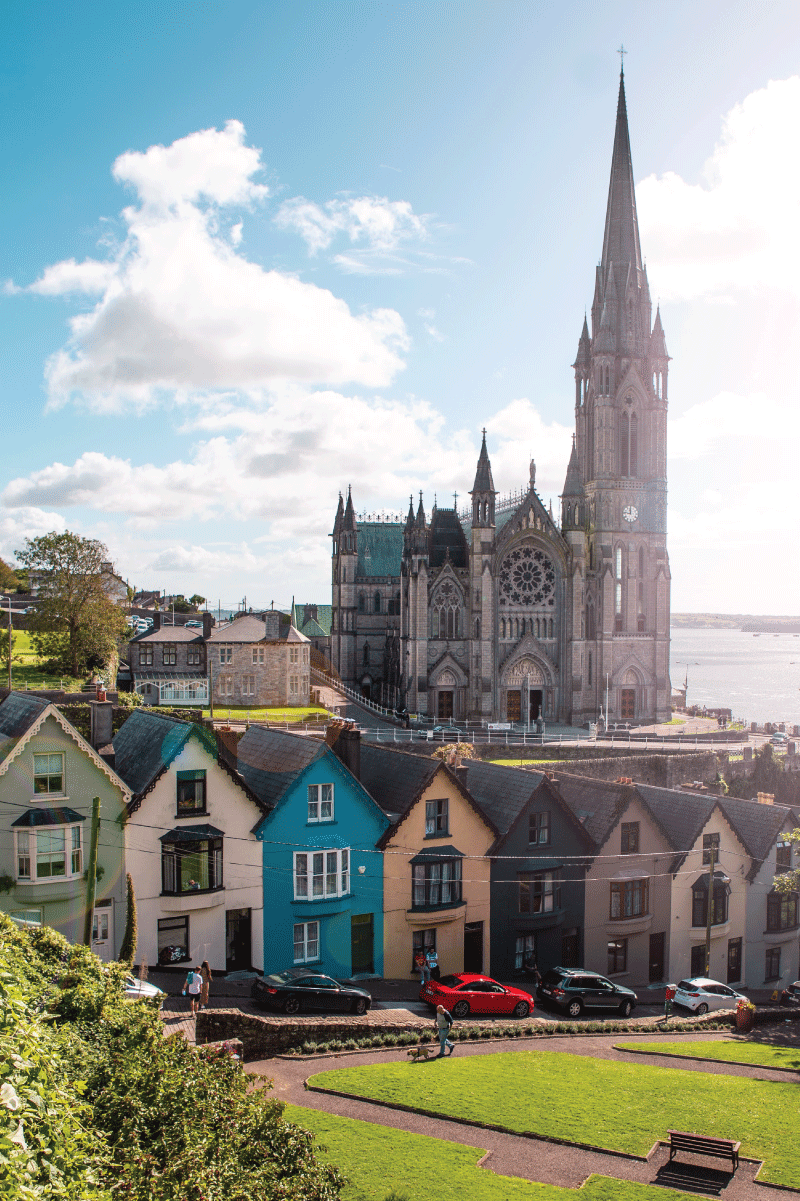The Republic of Ireland is one of the most welcoming places on Earth – its people consistently embrace and enchant travelers who venture there. The Gaelic phrase “Céad Míle Fáilte” literally means “one hundred thousand welcomes.”
The island’s we’re-glad-you’re-here vibe is palpable everywhere, even around and within its stunning and stately church structures and chapels.
There may be something multisite leaders in the U.S. can learn from the Irish approach: no matter the state of your campus’ facilities – old, new, or in-process – ministry begins with people and programming. The building is but a tool. Its size irrelevant if each square foot is serving a purpose to the best of its ability.
When a welcoming effort is made to reach out to local community and visitors and invite them onto a church’s property and into its space, people are likely to stop and linger.
Trinity College Dublin
Trinity College (The College of the Holy and Undivided Trinity of Queen Elizabeth) in Dublin, Ireland’s Dublin 2 area is a research university created by royal charter in 1592. Its oldest library building, known as Old Library, took 20 years to build, according to the college’s website.
Its main chamber, called the Long Room, holds 200,000 of the library’s oldest books, including the famous Book of Kells, a 9th century manuscript in Latin that contains the four gospels in lively pigmented color. The Book of Kells is also a work of art, rich with ornamentation and abstract illustrations of humans, animals and plants among the text – all glorifying the life of Jesus.
Outside the Old Library, overlooking Trinity College’s Front Square – an outdoor courtyard-gathering space bustling with students, visitors, tourists and activities – rests The Trinity Chapel, designed by Swedish-Scottish architect Sir William Chambers in 1798, which “has been in constant use ever since,” the university’s representatives report.
Trinity Chapel holds up to 300 people in its tiered seating on either side of a center aisle. Today, the chapel is used for Christian weddings of faculty and student graduates, as well as choir practice, concerts and evening choral church services called evensong.
In line with the goal of constant use, a sign lists morning prayer at 9:30 a.m., Monday through Friday, and notes that “Divine Service is celebrated daily during term” for students. An email contact is also listed for the Dean of Residence & Chaplain, who may be contacted at any time. An oratory is listed as “reserved for private prayer.”
St Sylvester’s Church – Malahide, Dublin
A simple laminated sign outside St Sylvester’s in the village neighborhood of Malahide, nine miles north of the city of Dublin, lists “Daily Mass 10 a.m.” Its age-old stone entryway is chiseled with “WELCOME.”
Fit for modern times, the Gothic Revival structure of St Sylvester’s rests just steps down the sidewalk from the Malahide station of Dublin’s well-traveled rail service.
The church’s iron gate sits open well into the evening, allowing its ample courtyard to serve as a meeting spot for cyclists and neighbors who pass by, meet and informally gather. A wing next to the church’s austere stone structure has a door ajar and a sign outside on an easel that announces “Fresh Coffee Served Here.”
Inside the worship space, people are invited to sit in quiet contemplation, exercising their thoughts and prayers. And they actually do on a regular basis.
Travelers with bags under their arms and eyes are welcome to sit, as well, light a votive candle, take in the beauty and pray.
St Andrew’s Church – Dublin City Centre
A historic Neo-Gothic protestant church in the center of downtown Dublin appears to be undergoing historic renovation at first glance. Scaffolding climbs alongside its beautiful stone exterior, while sunlight filters all around its wide stone courtyard that runs alongside the urban bustle of Suffolk Street.
Downtown workers and walkers mingle and talk on the church’s prime corner property, and a guitar player sets up near the base of the stone structure for an impromptu open-air acoustic show.
But St Andrew’s won’t hold church services again. Like many buildings in the U.S., conversion renovation is at play – where a structure built for one purpose will be adapted for another use. According to The Irish Independent, St Andrew’s is being renovated to become an urban food hall in downtown Dublin’s heart.
St Colman’s Cathedral – Cobh, Ireland
Cobh, County Cork, Ireland, was the last port of call for the RMS Titanic on April 11, 1912, before departing for New York City.
Overlooking Cork Harbour and the Atlantic Ocean is St Colman’s Cathedral, opened in 1879 and completed in 1919, a Gothic Revival masterpiece with a 300-foot-tall spire.
A place of refuge and prayer, St Colman’s prevailed over the harbor during another catastrophe, the sinking of British ocean liner Lusitania by a German U-boat on May 7, 1915, off Old Head of Kinsale between Cobh and the Irish port of Baltimore.
Today, St Colman’s holds mass each day at 10 a.m., streams services from its website, Facebook page and MCN Media, welcomes tours of the cathedral, and runs a small gift shop in its parish office.
Its history ensures that travelers will forever come to visit from all around the world. True to Irish tradition, St Colman’s will offer them retrospect, prayer and one hundred thousand welcomes.
Tapping into the Undeniable Community Allure of Irish Churches
Lorem Ipsum dolor sit amet quid dolormentum. Proin gravida nibh vel velit auctor aliquet. Aenean sollicitudin, lorem quis bibendum auctorelit consequat ipsum, nec sagittis sem nibh id elit. Duis sed odio sit amet nibh vulputate cursus a sit amet mauris. Morbi accumsan ipsum velit. Nam nec tellus a odio tincidunt auctor a ornare odio. Sed non mauris vitae erat consequat auctor eu in elit. Class aptent taciti sociosqu ad litora torquent per conubia nostra per inceptos himenaeos. Mauris in erat










